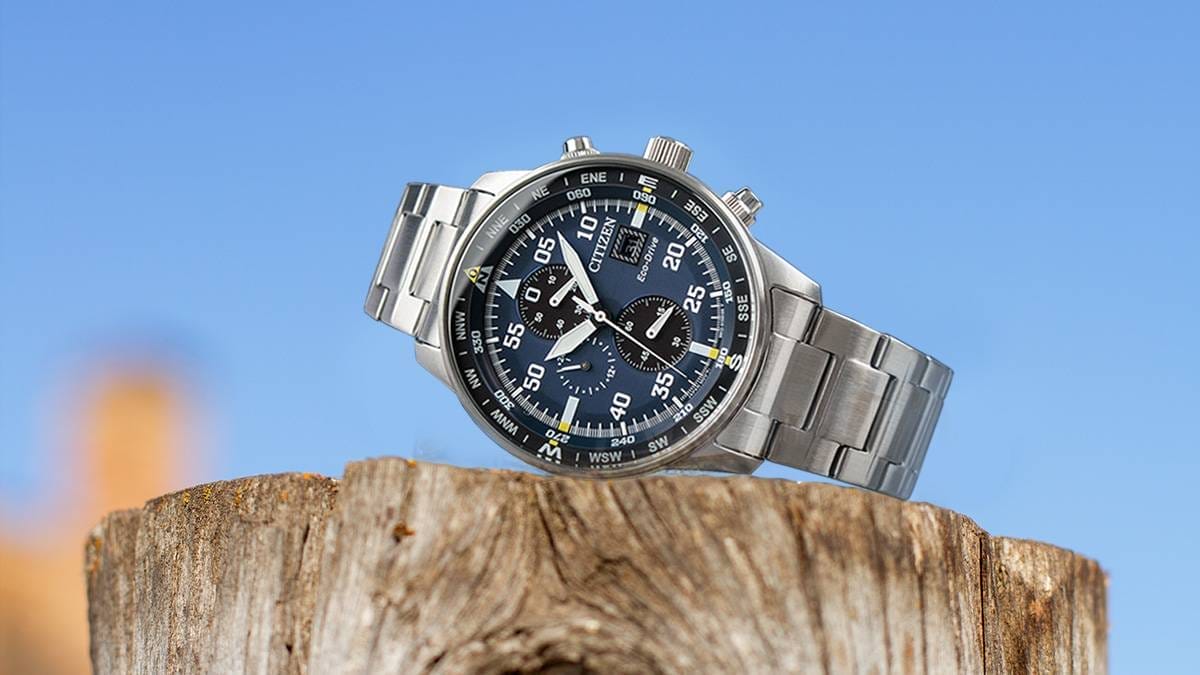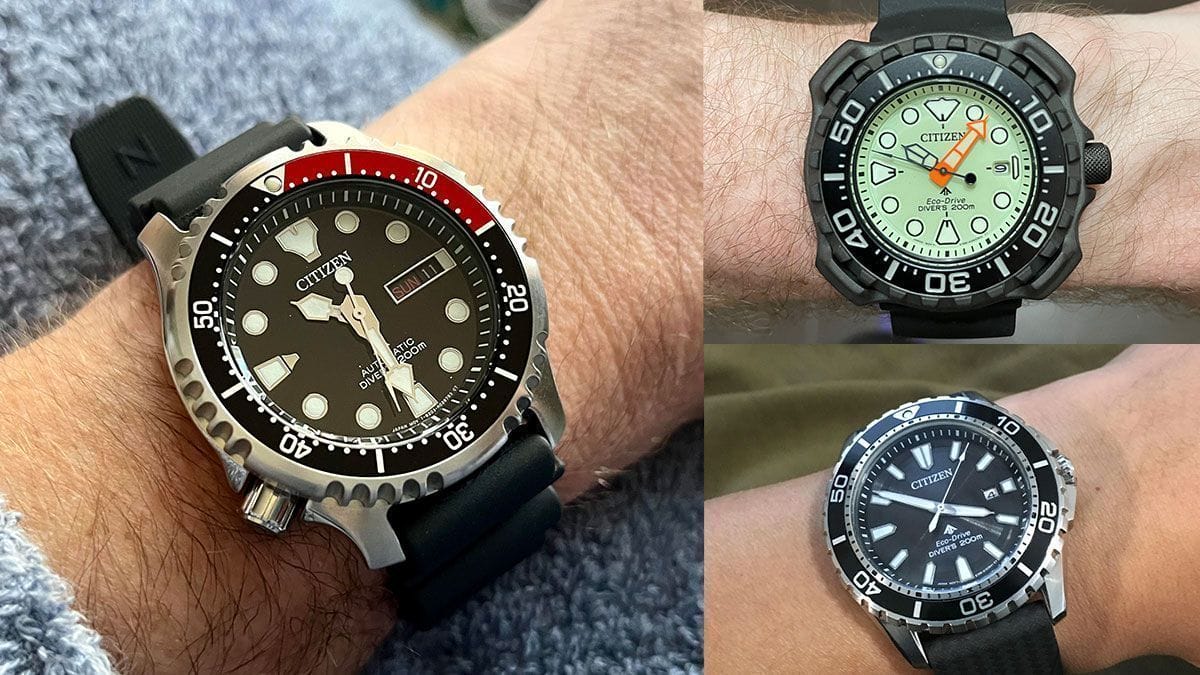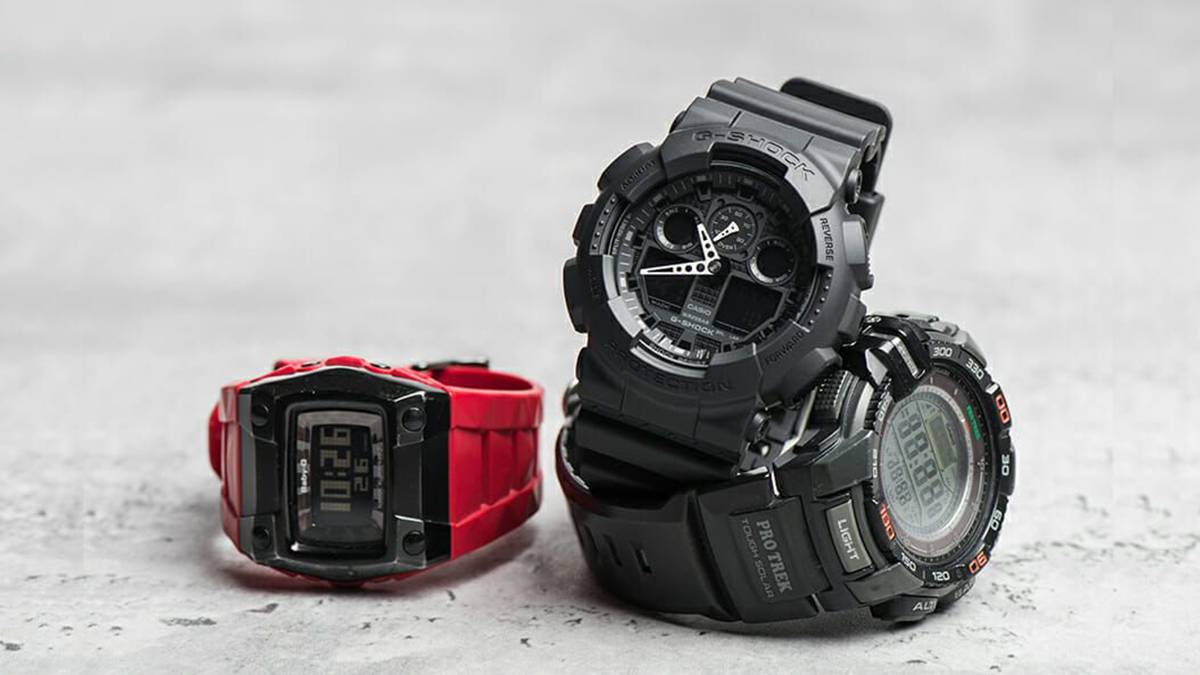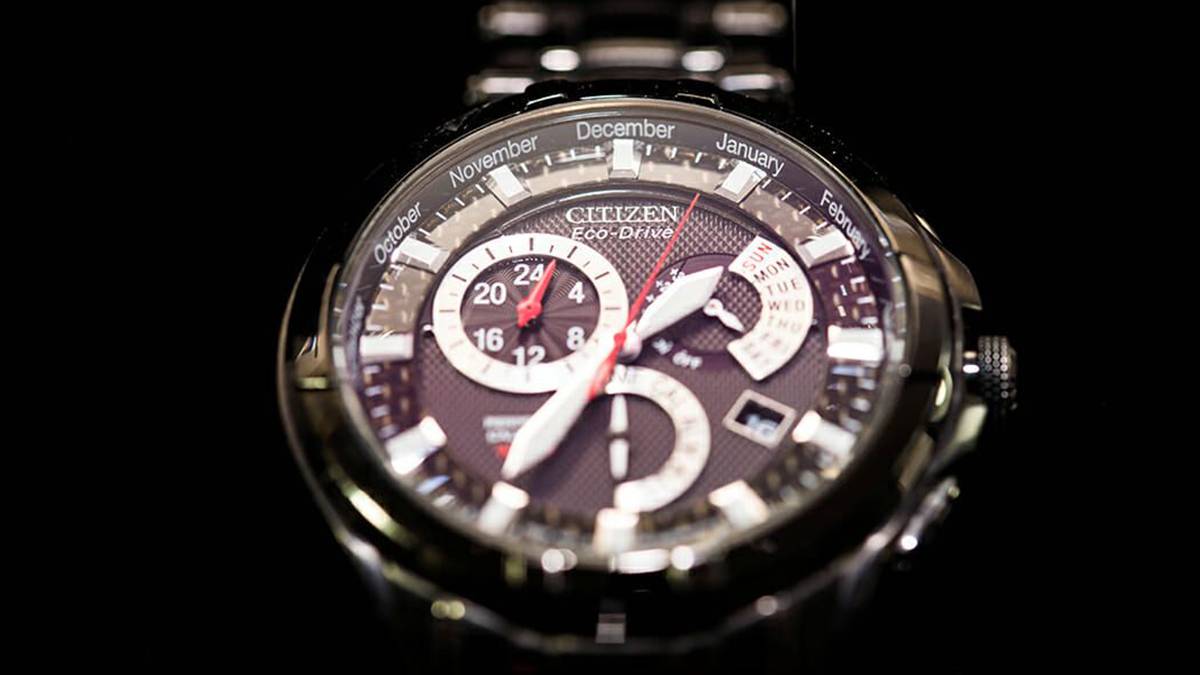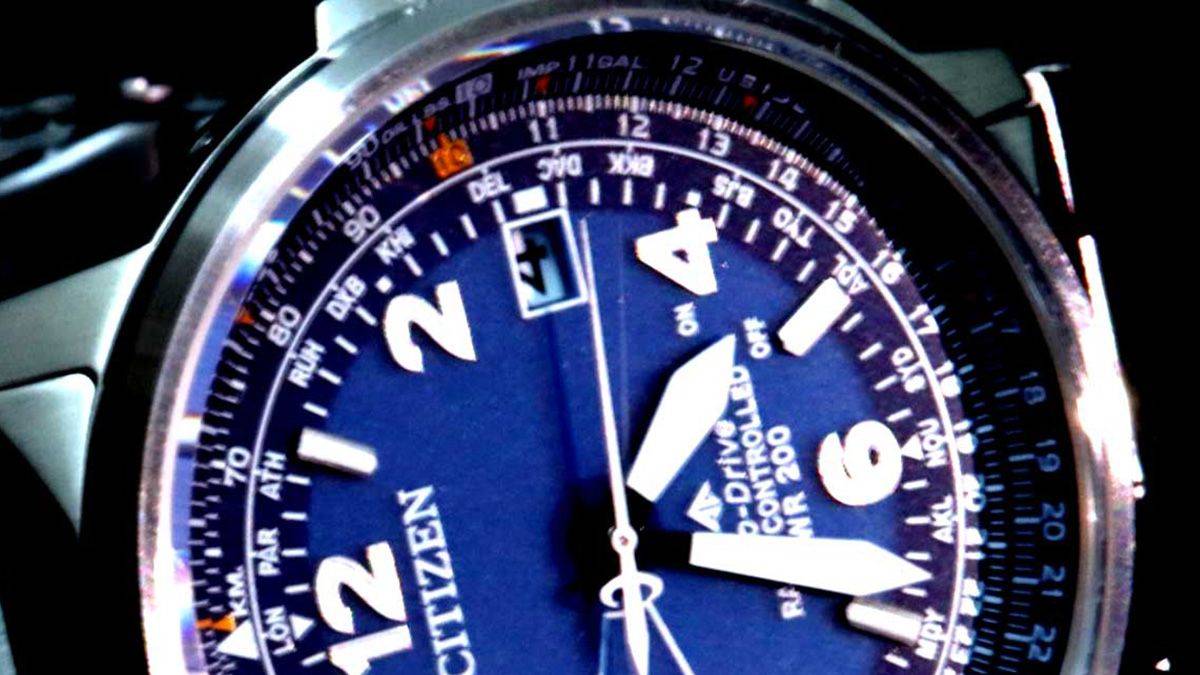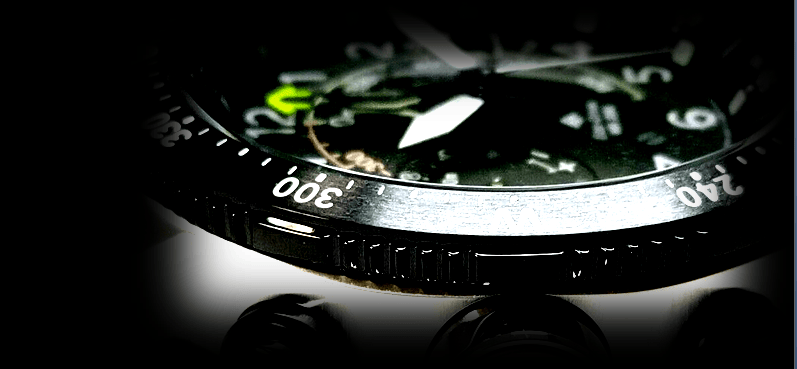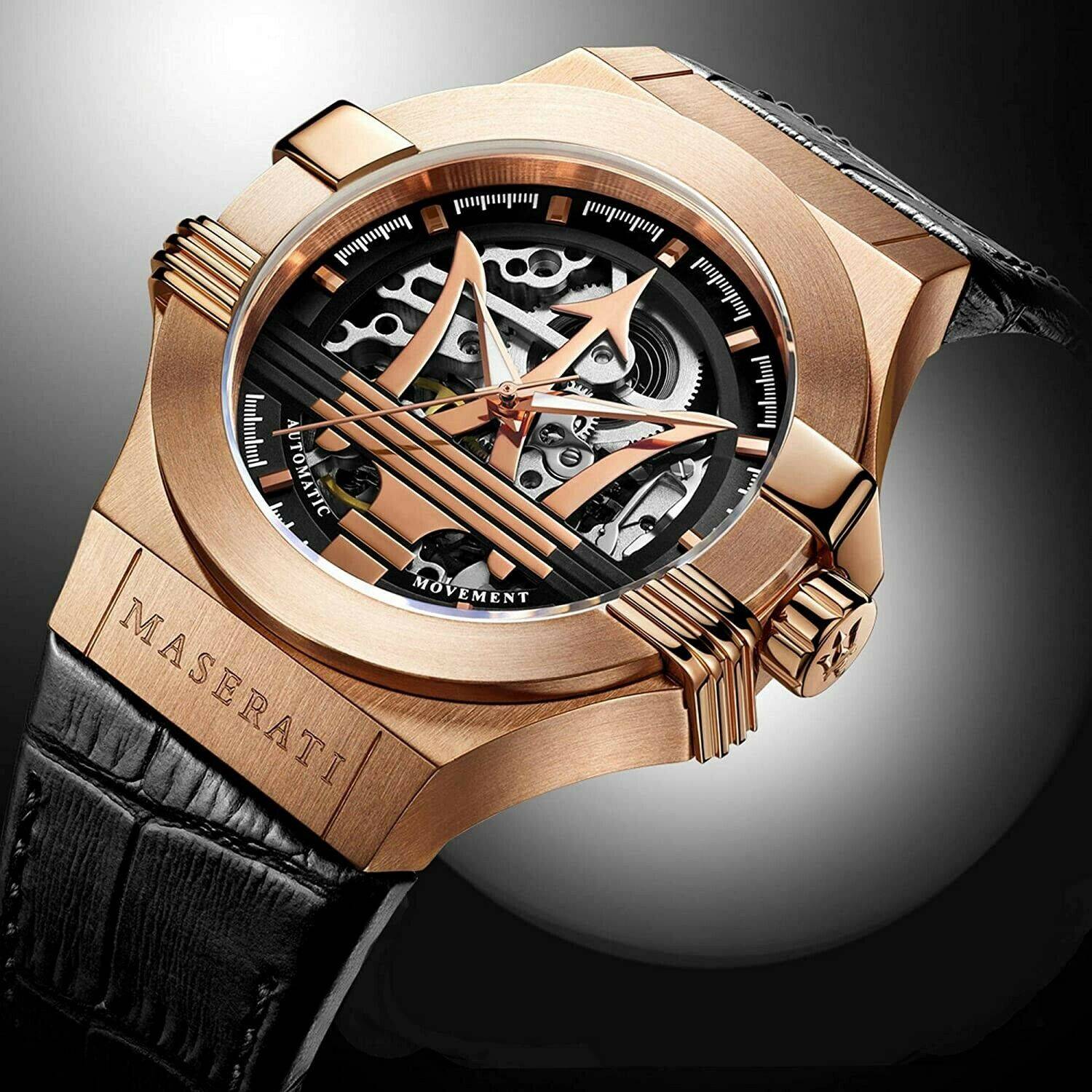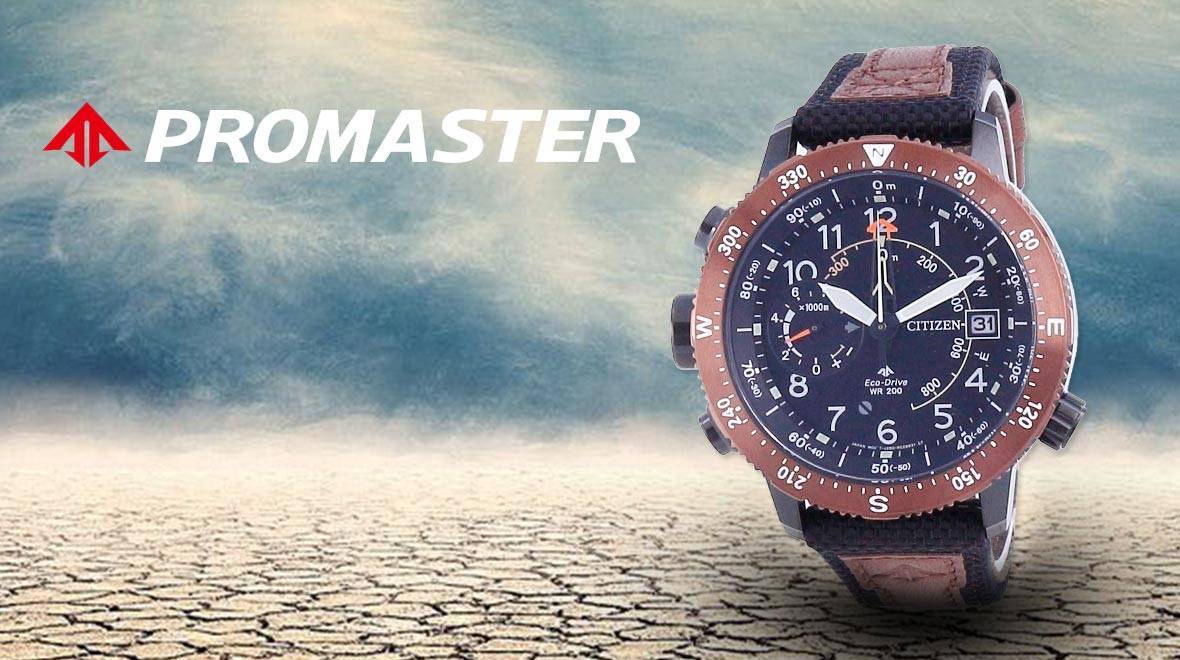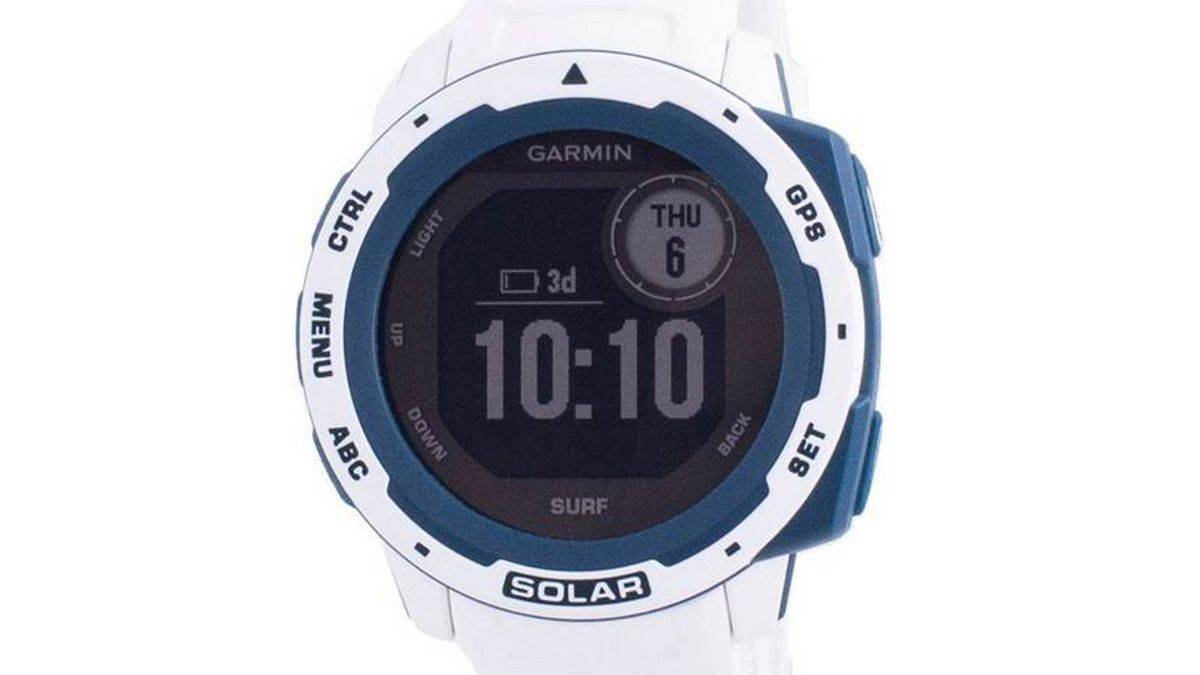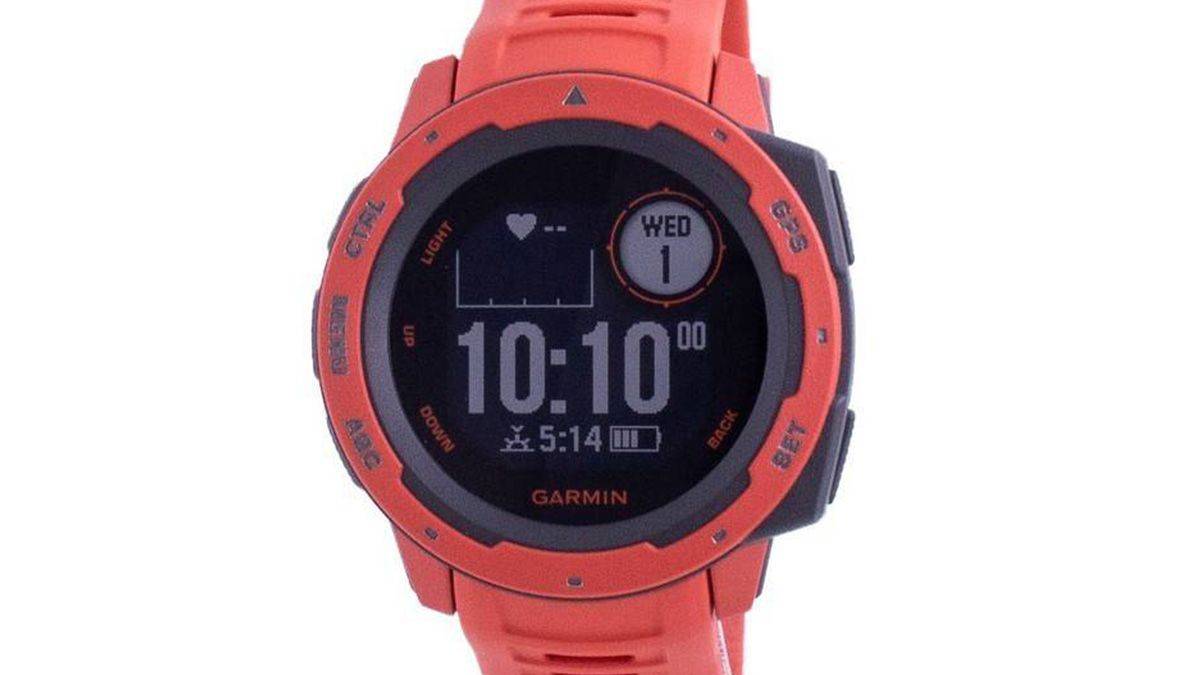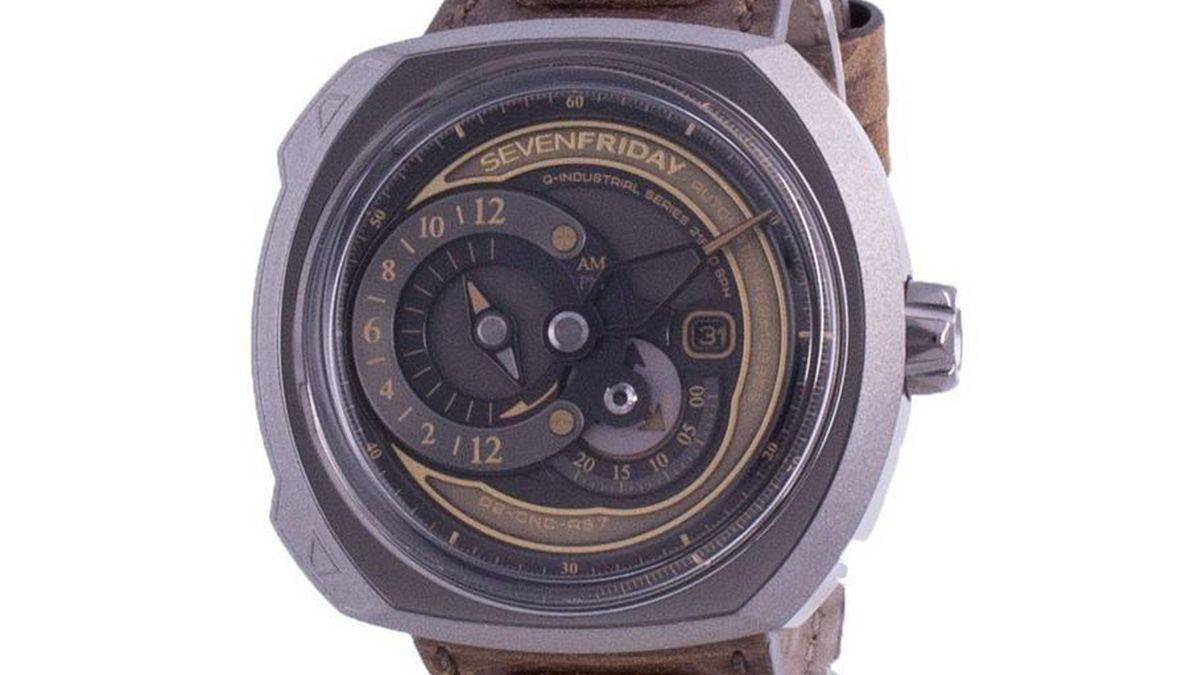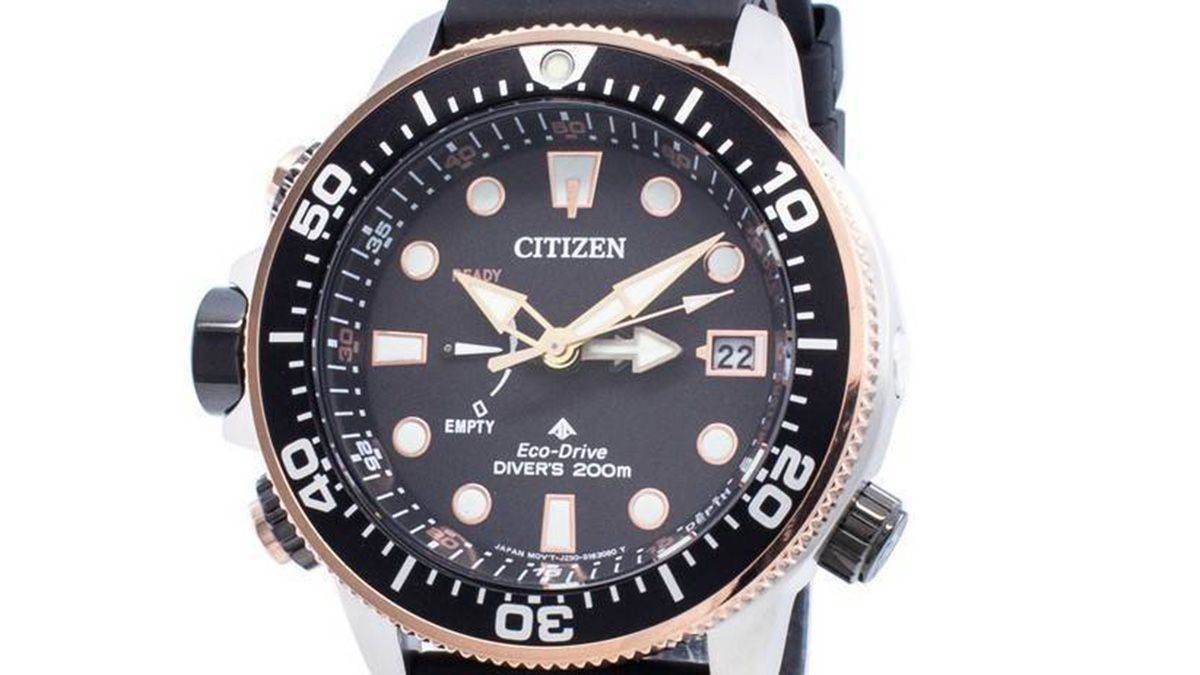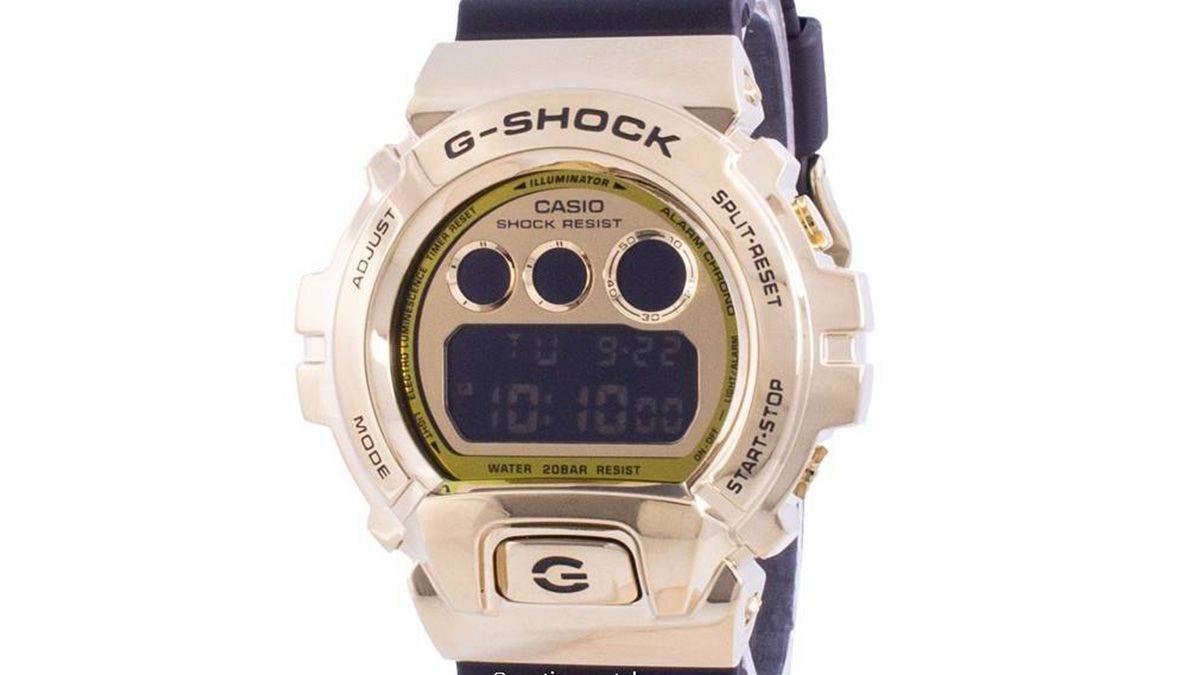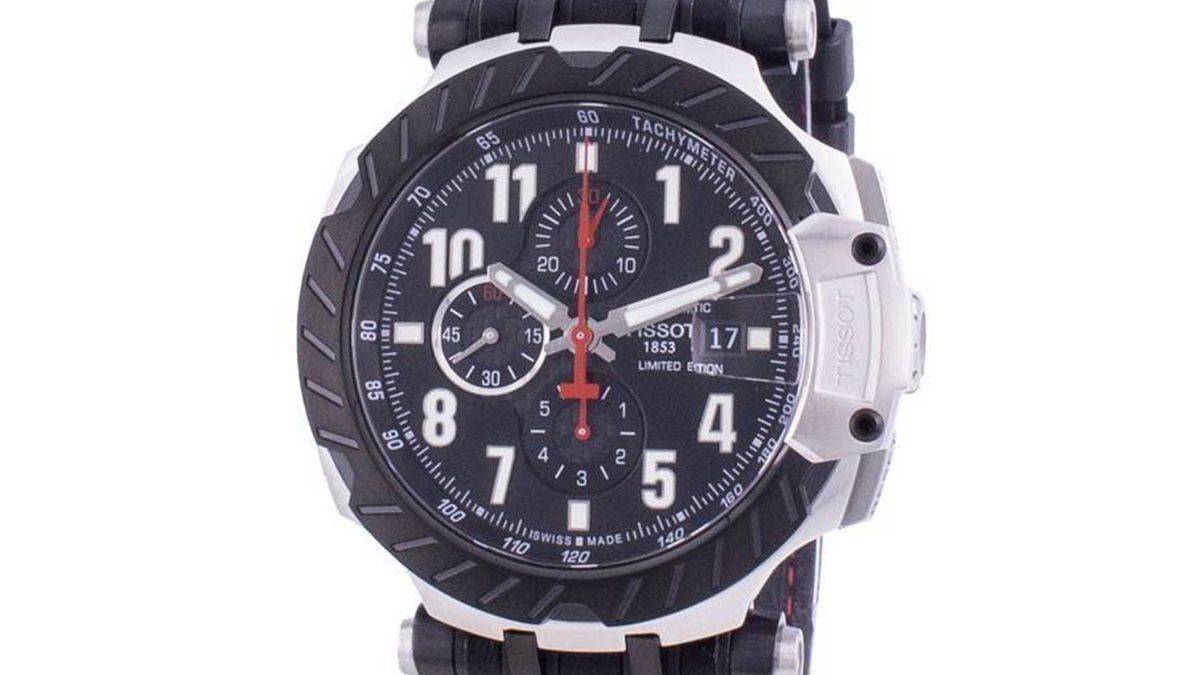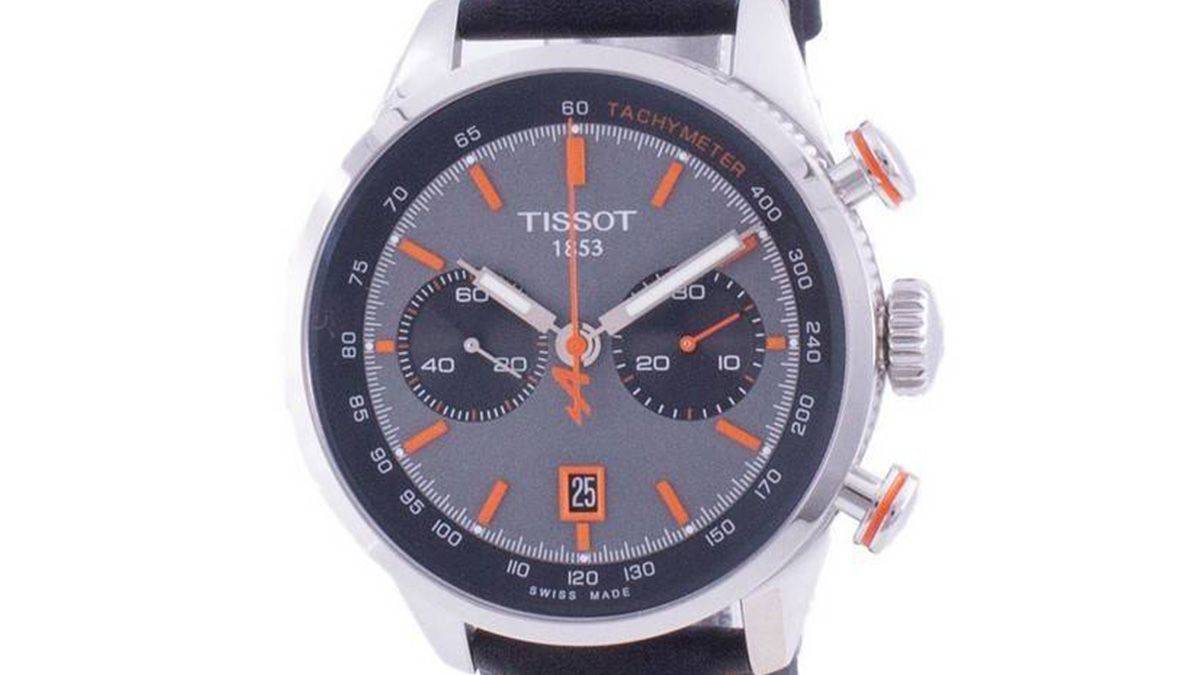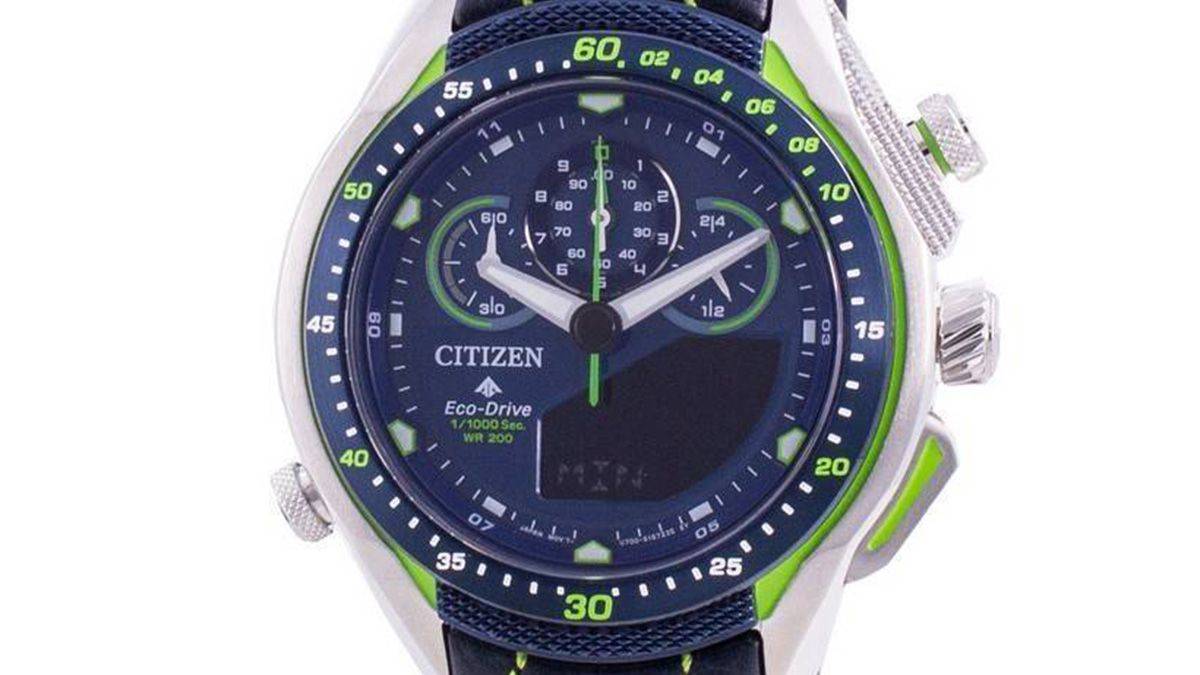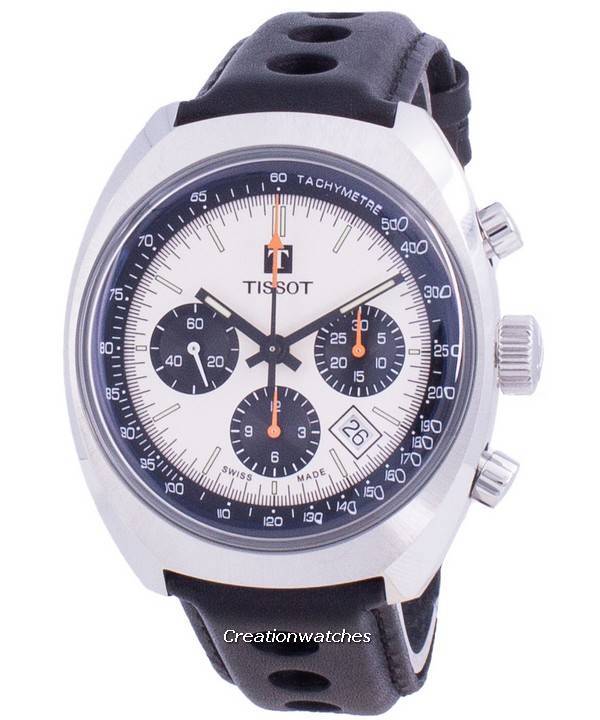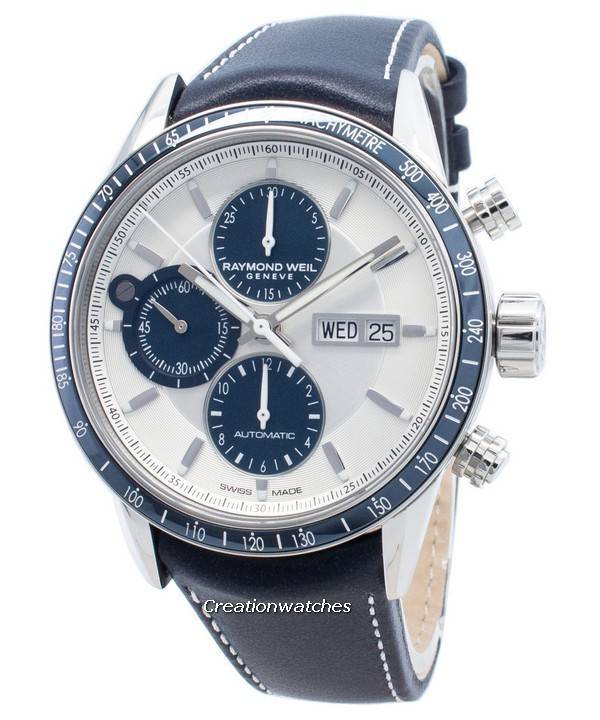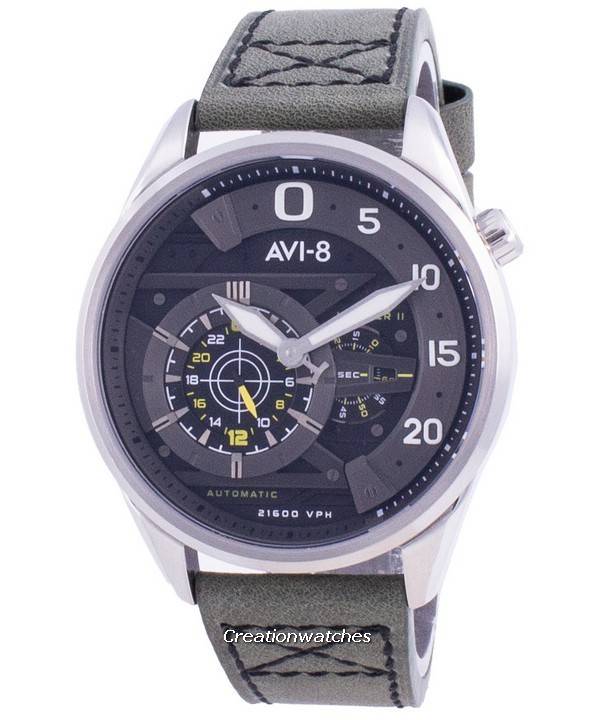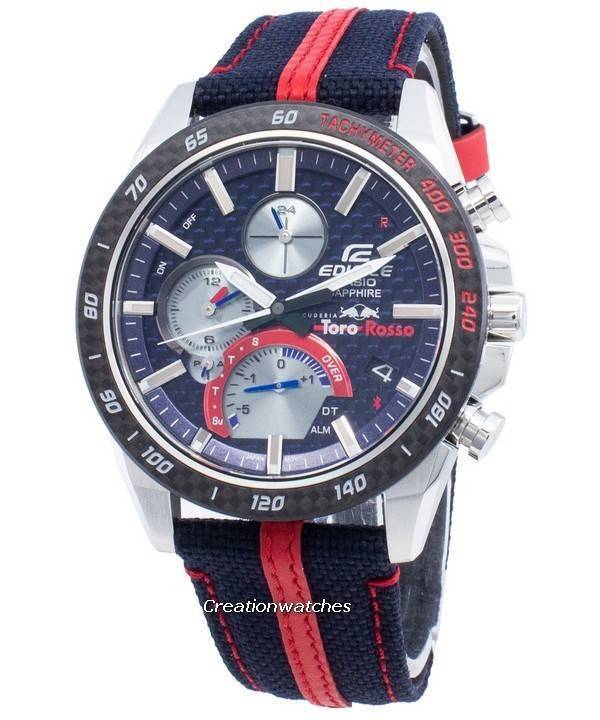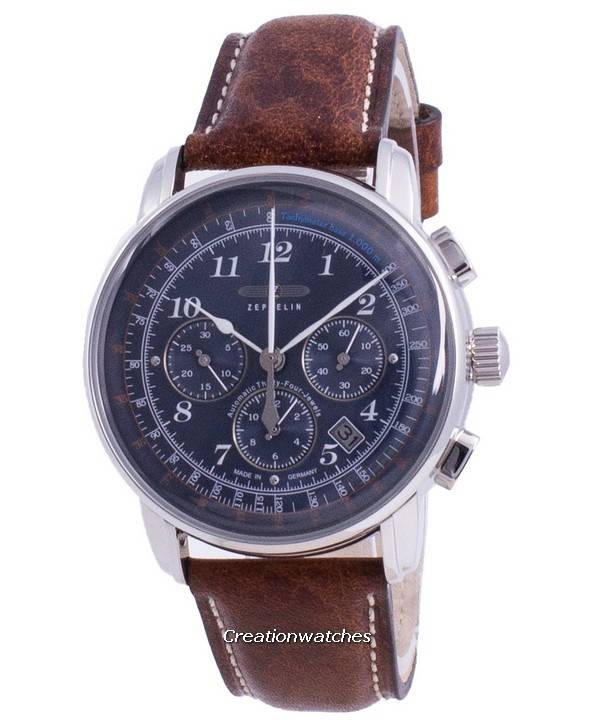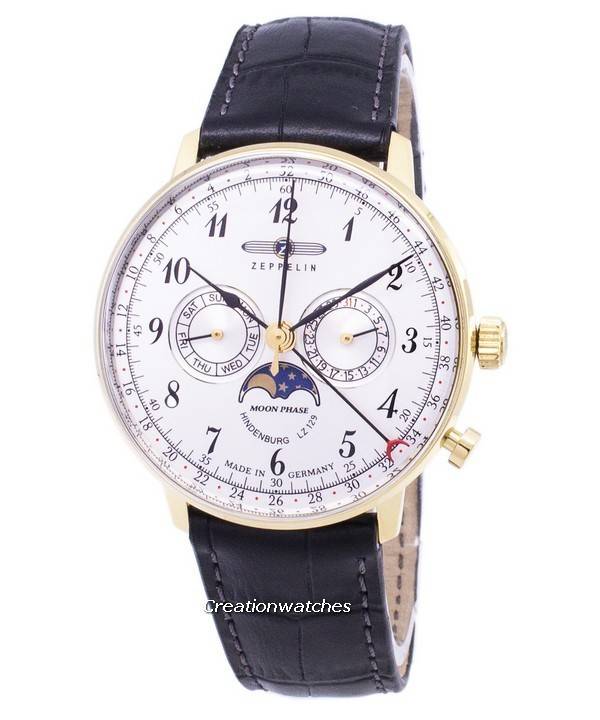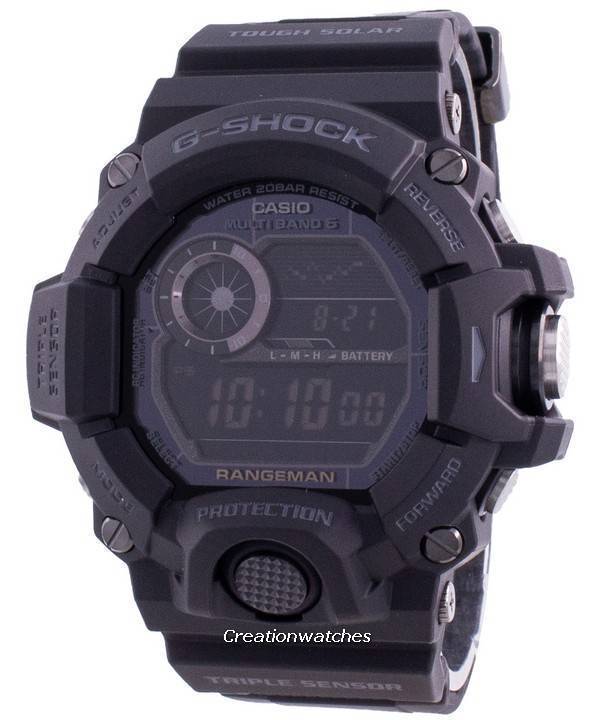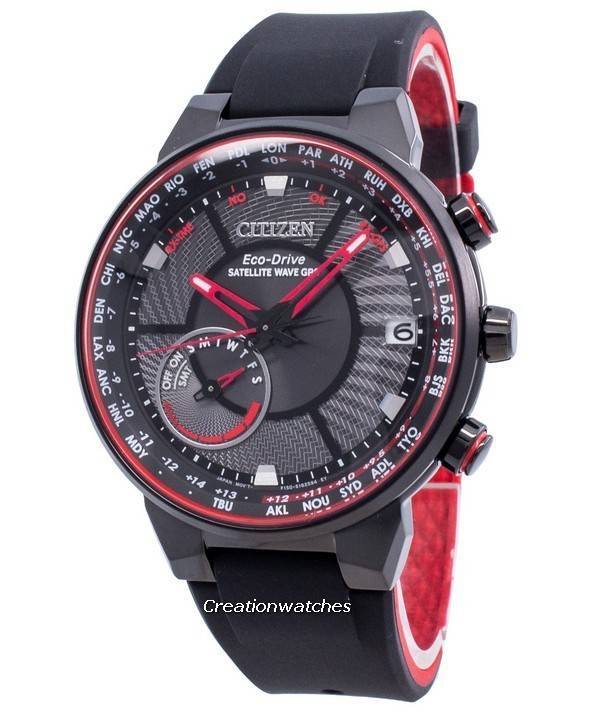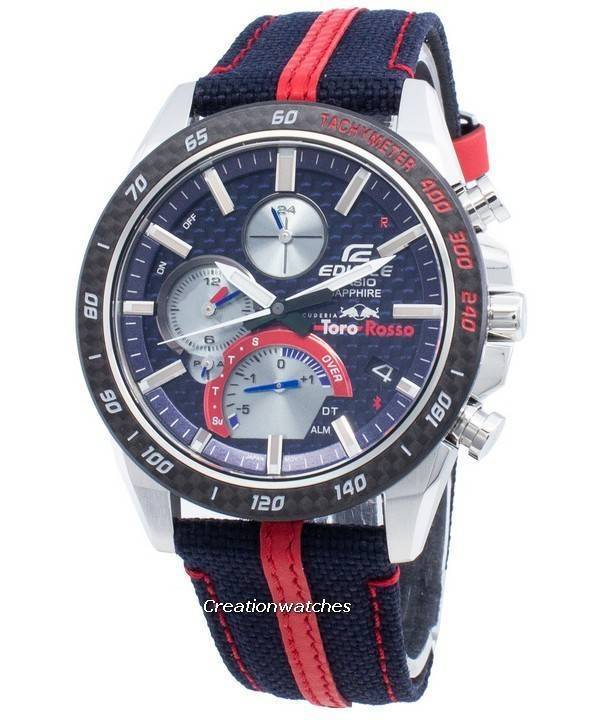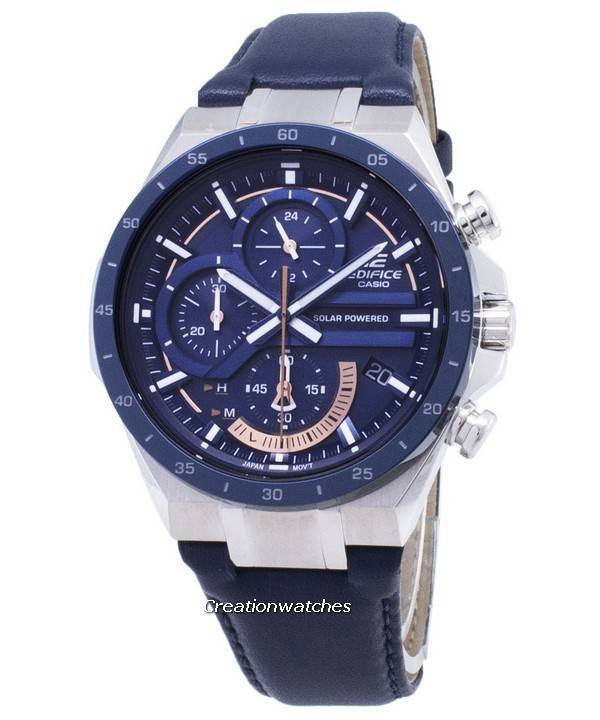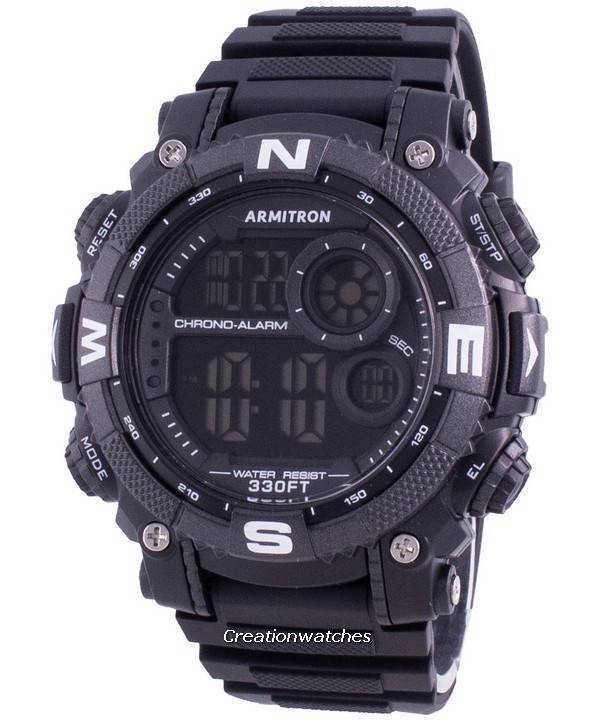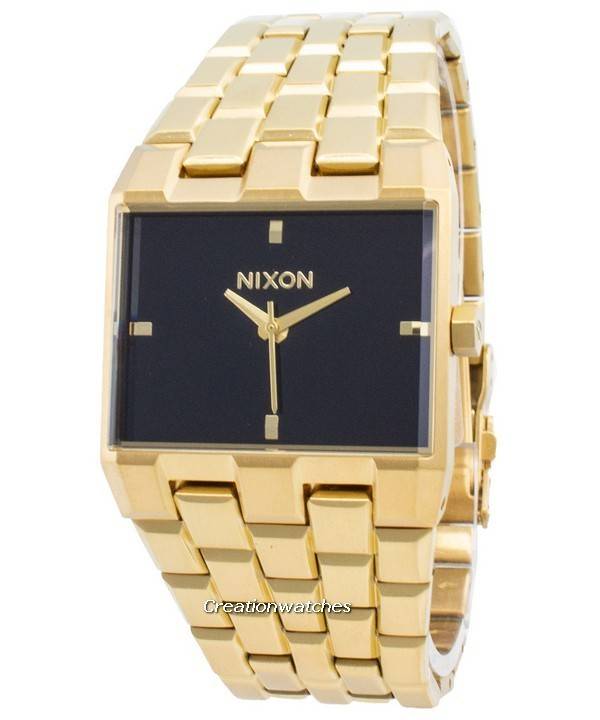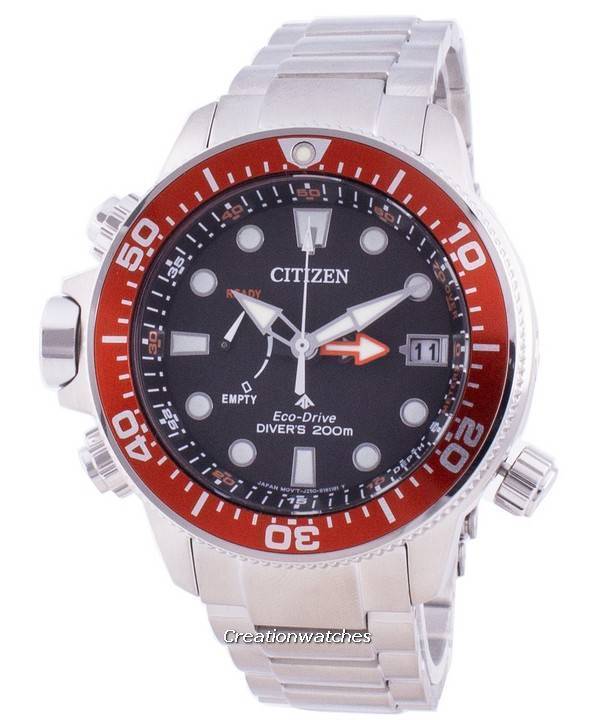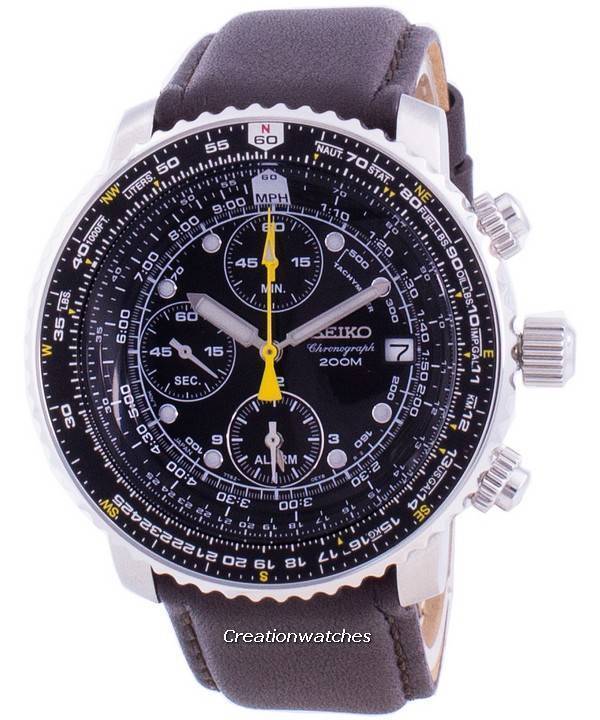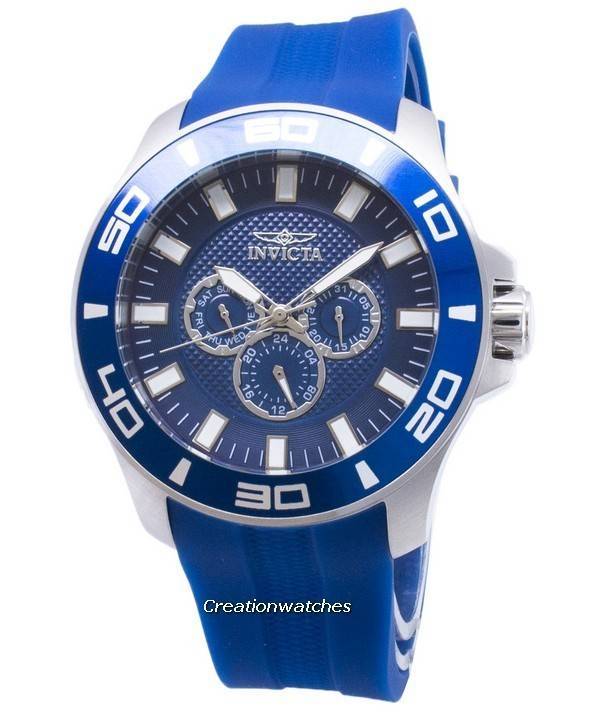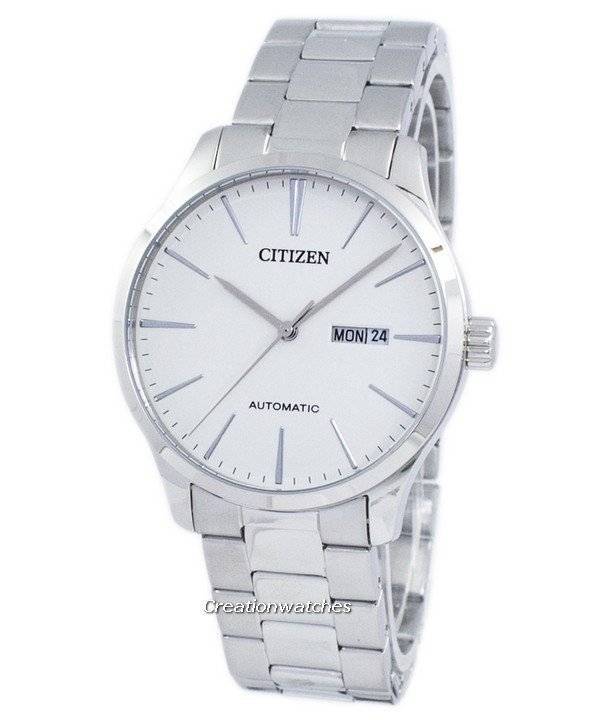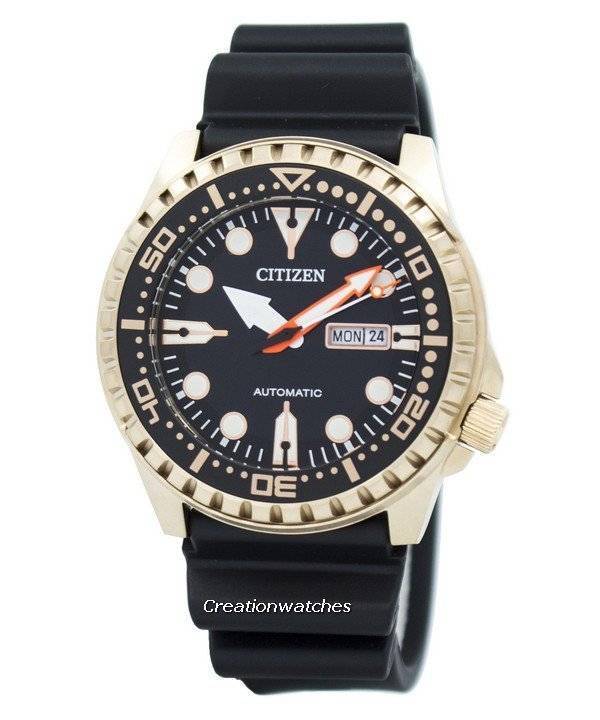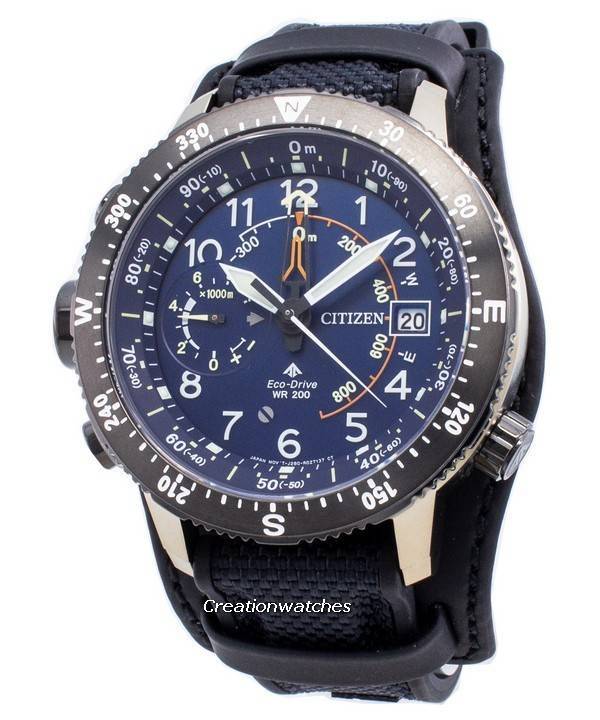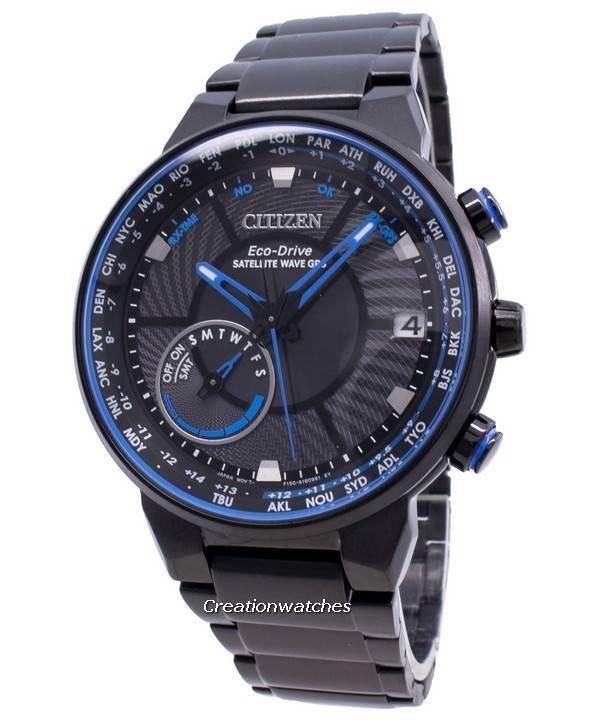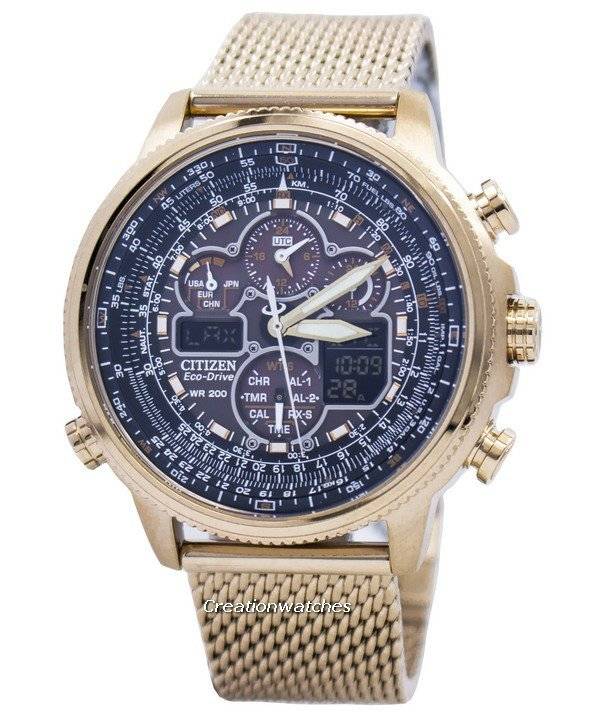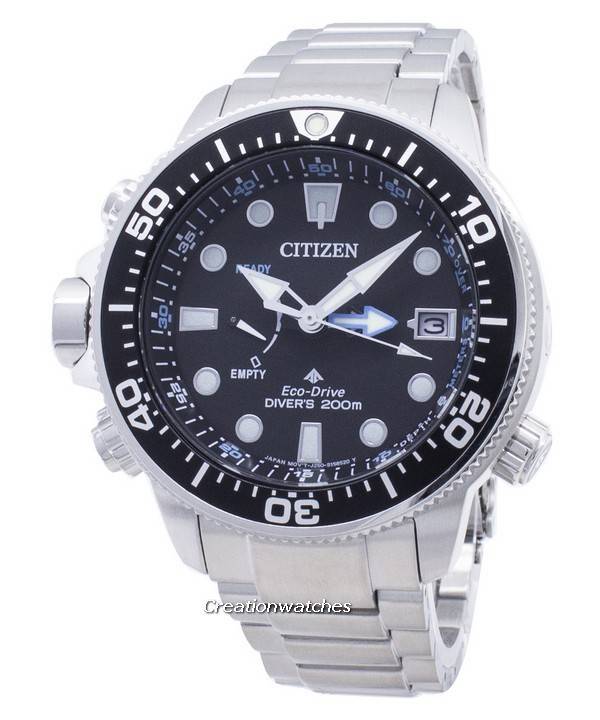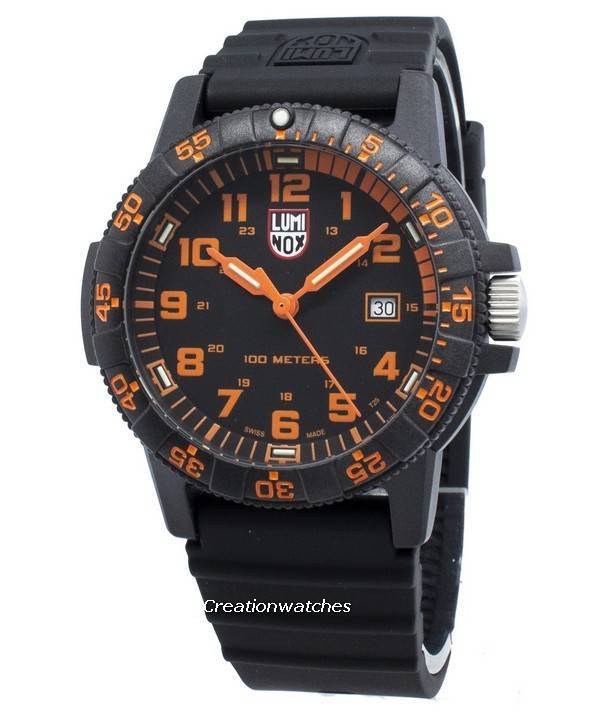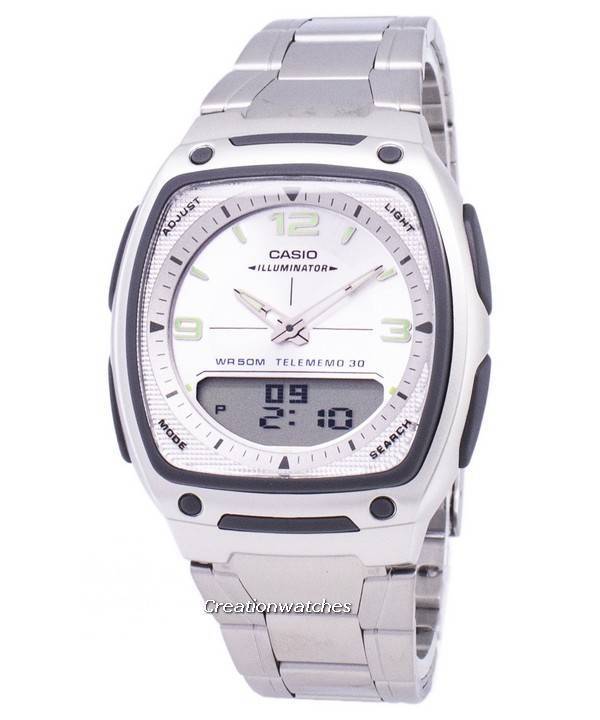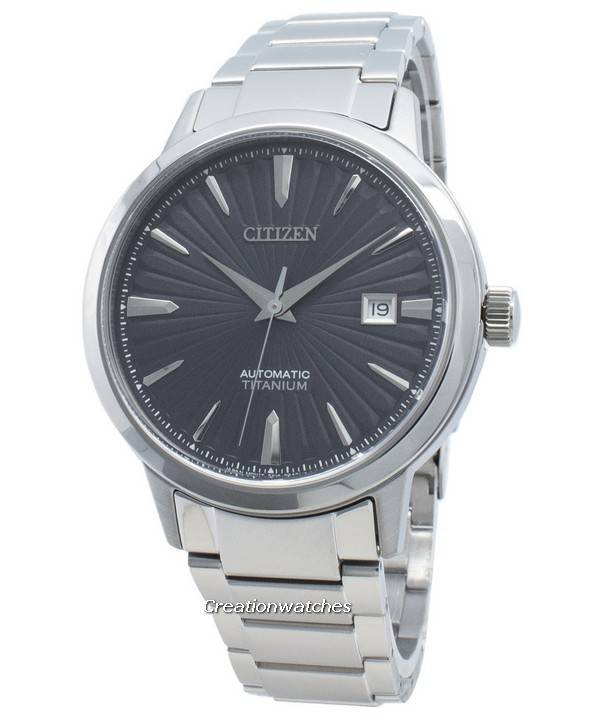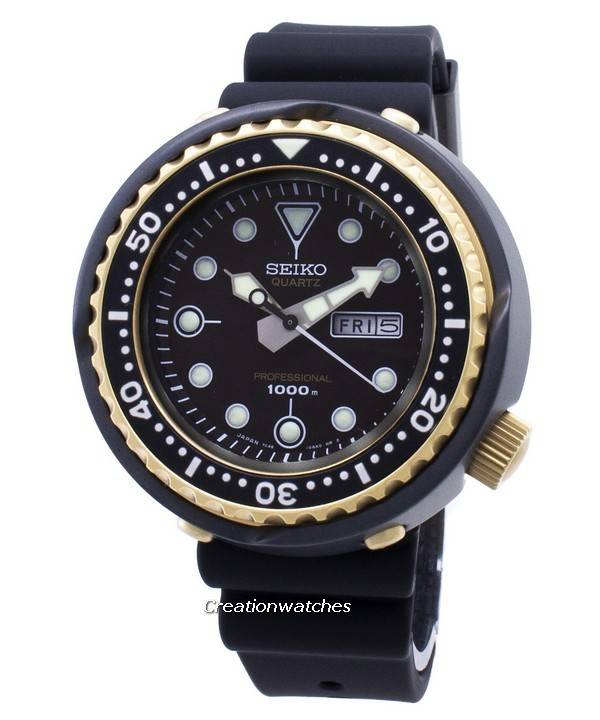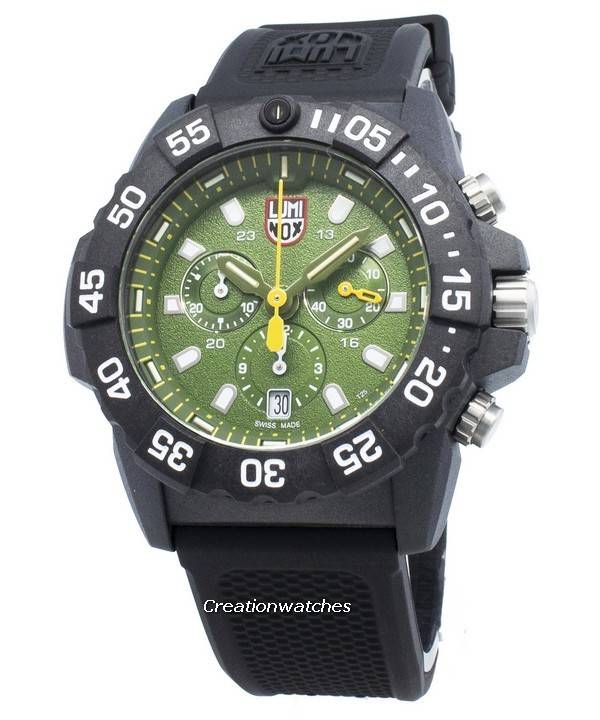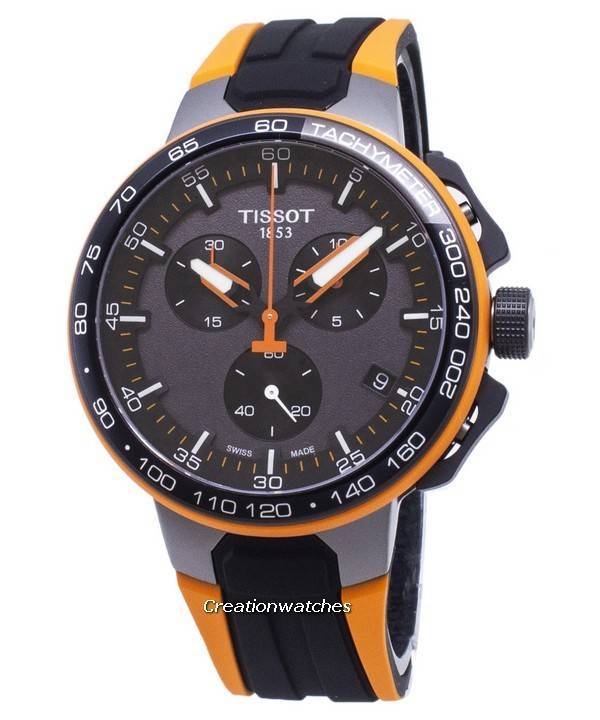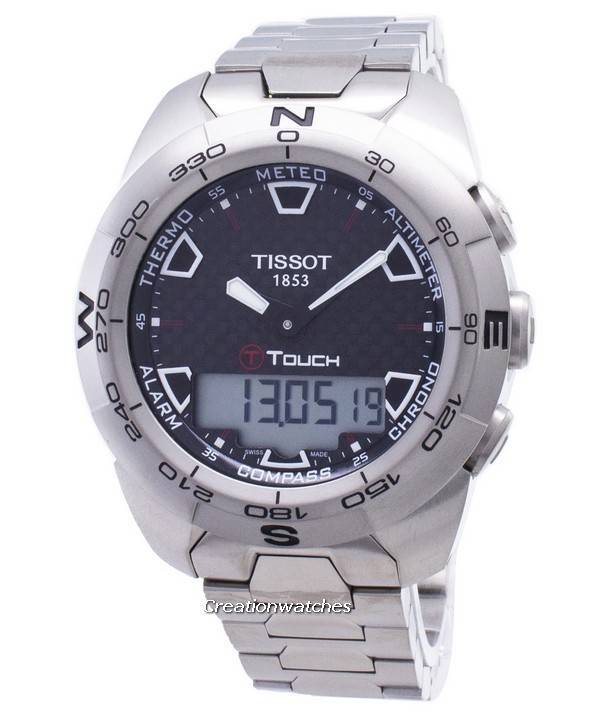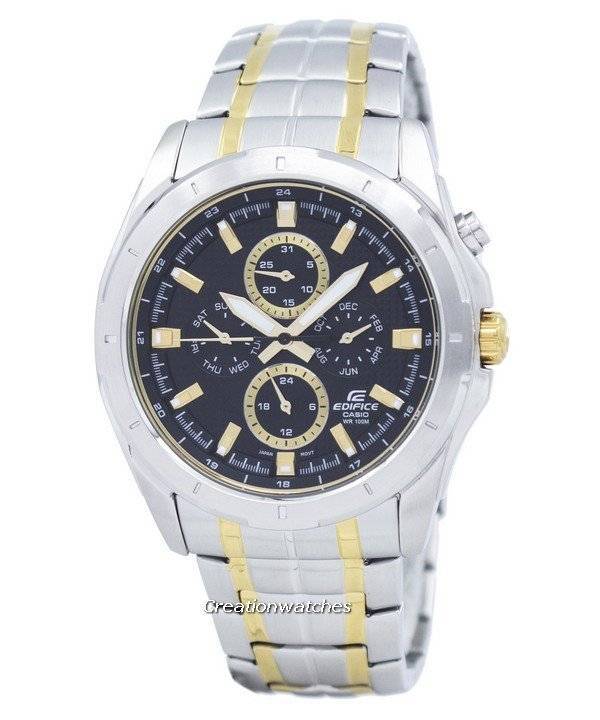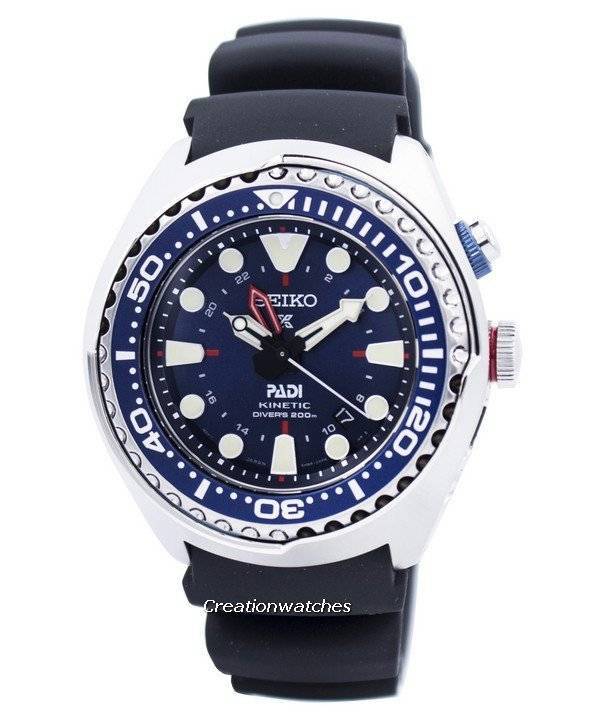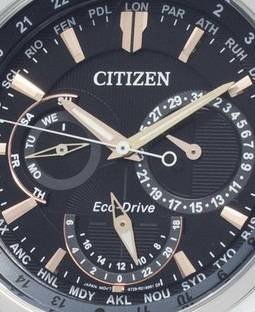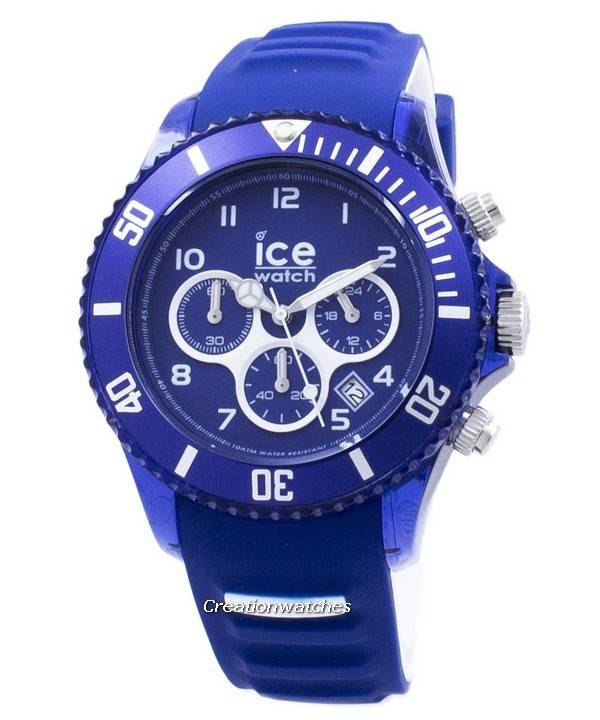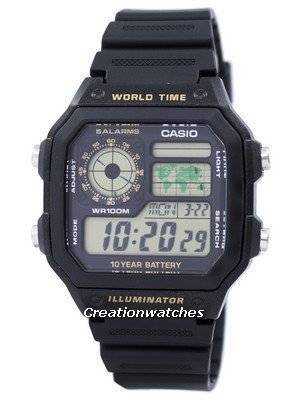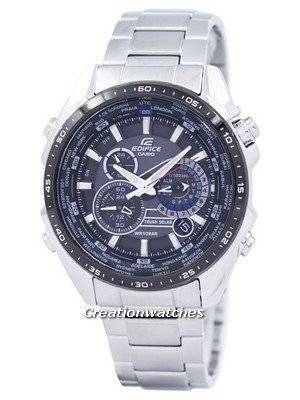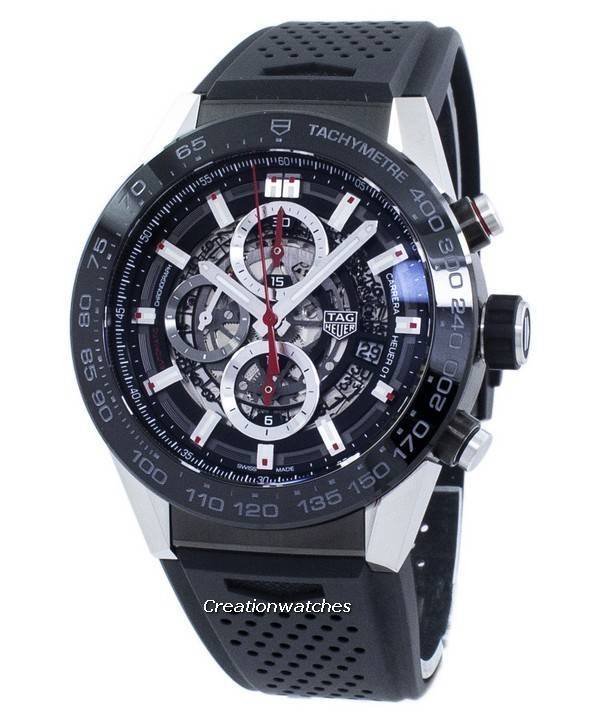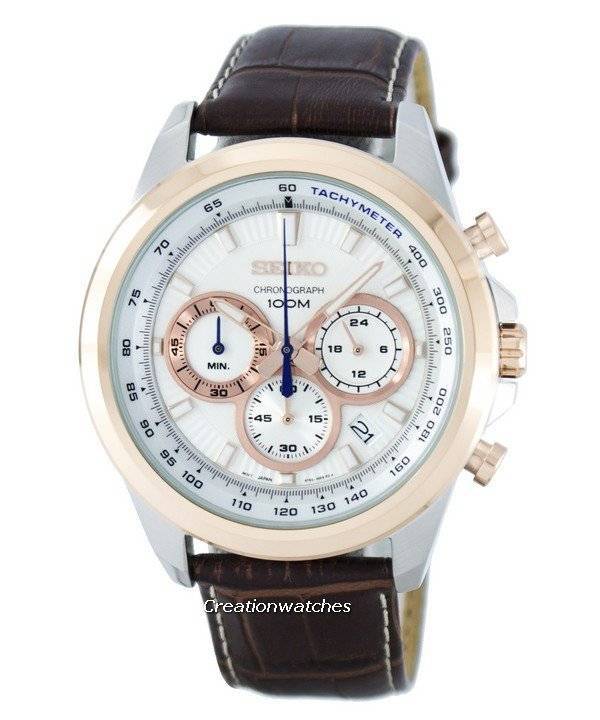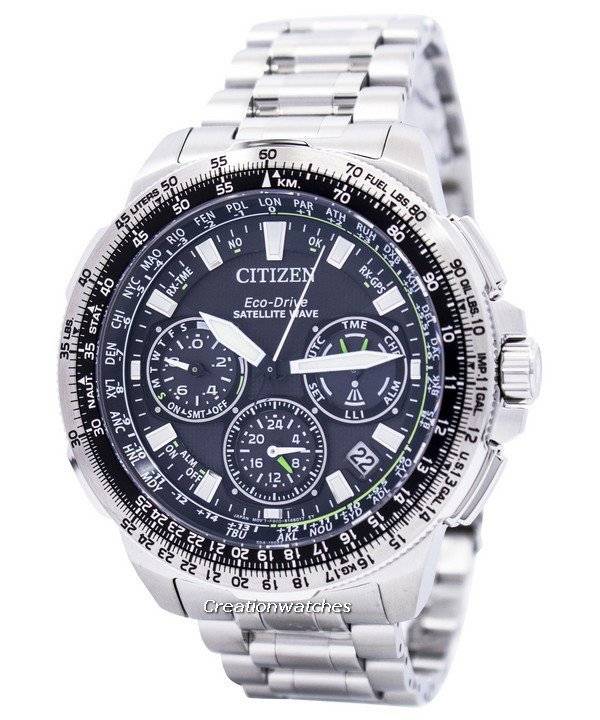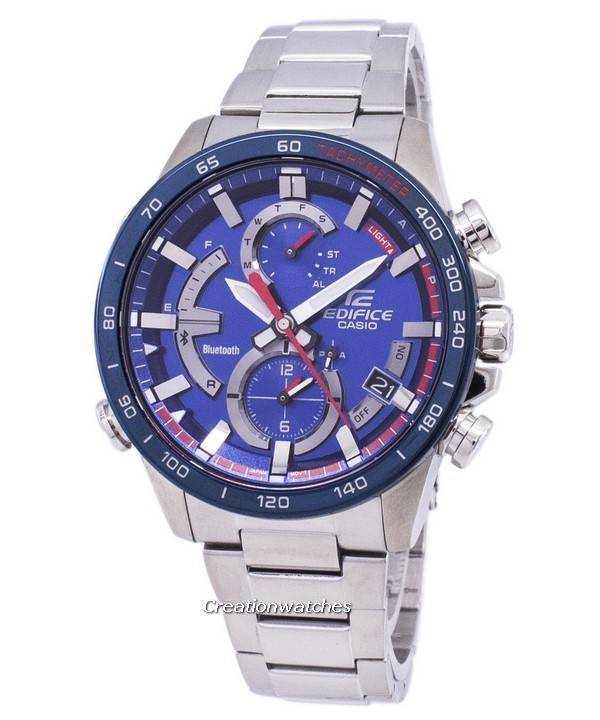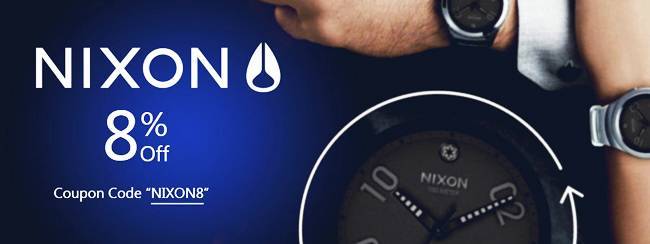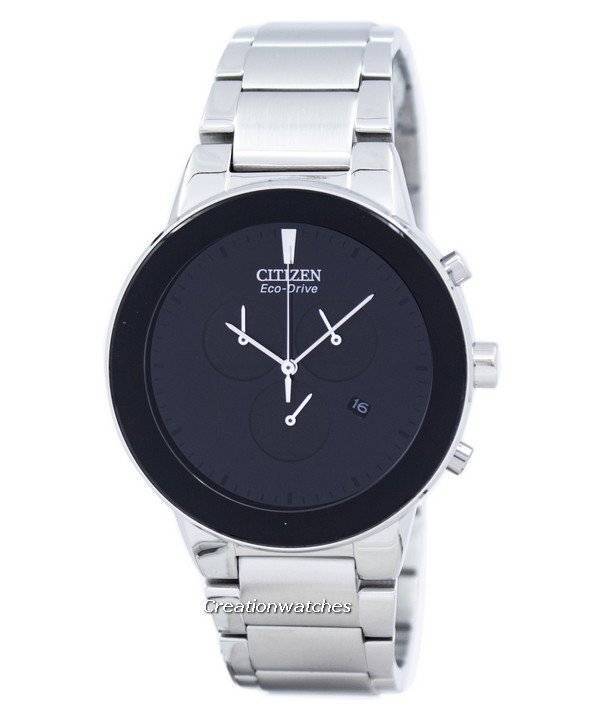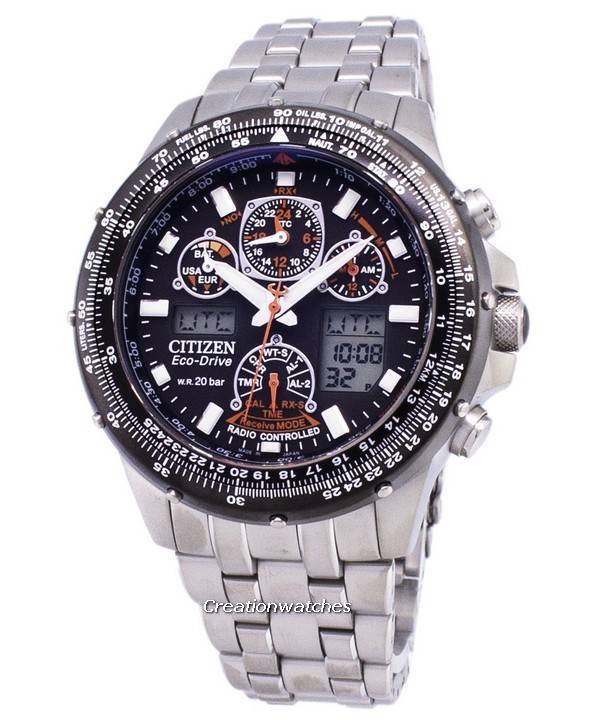
- March 21, 2020
- Watch Gonzo
- 0
Q. Gonzo! This is the second time I’m writing to you. My question is a rather simple one: Radio-controlled or GPS? IMHO, a GPS would be inherently better for its surer reception. I want to settle this before the money runs out; I’m an impulse buyer and I’m afraid that I might again put my money down for another mechanical piece unless your recommendation comes fast. Buying another mechanical watch would be a sheer excess at this point, since I’ve already bought four different watches over the past few years, all mechanical. I got a fetish for them you might say. That also saves your ponderings upon whether I’m willing to taste the other technology for the first time or not. Yes I am and therefore; want to do it with full élan! And please, please, please – DO NOT ask me to settle for anything less advanced technologically, aesthetically and in its performance.
A.Since this is the second time, it seems we have already exchanged courtesies, so now! Let’s get down straight to your problem.
Reception problems stay with the GPS too; analogous to those with RC. Get that straight. GPS reception is, in fact, less certain amidst concrete jungles where most of the times you are within confined spaces. GPS is for the vast wild. Get a GPS watch if adventure is your passion.
On the other hand, RC is a better-established technology and in an urban setting, it often proves to be the better of the two. But wait! It seems you stay more in an area that can receive the RC signal fast and easy. If it doesn’t, then clearly, GPS would be necessary.
I guess you know how these things work. If you don’t, then here’s some info.
RC connects directly to the atomic clock installed at a particular location if it falls within the range of the frequency emitted. This brings in the subject of lag time; from the transmitter to the receiver, which is your watch. You can’t be sure thereafter that your watch perfectly adjusted to the atomic time. Sort of like the Sunlight taking eight minutes to reach planet Earth. The light from Sun you see right now is actually eight minutes old. Similarly, the time signal you’ll receive from the atomic clocks; however miniscule, would impart a small error; although in milliseconds at most.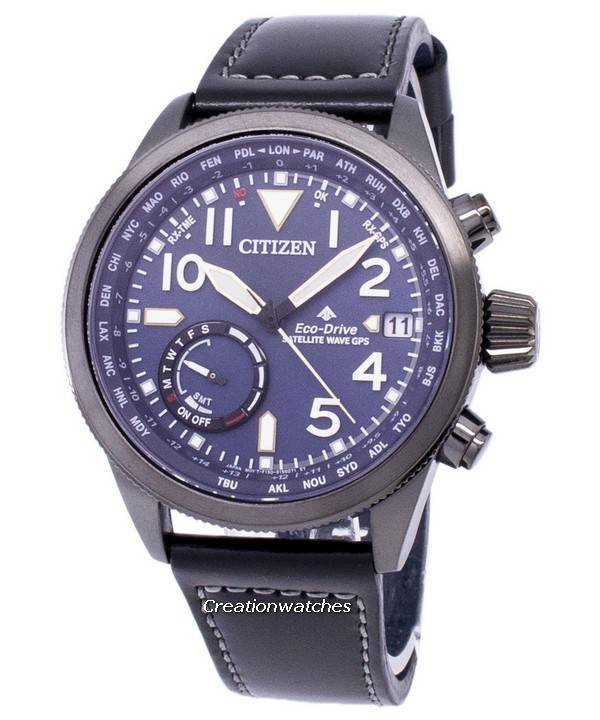
As for GPS, despite a greater distance the signals have to cover and unless the sky is overly clouded, they take lesser time than atomic signals to travel on the Earth’s-surface. Your cubicle might bar both types – the connection from up above and from a land afar.
However, expect a radio-controlled watch to connect easier at night, with a max of 3 to 5 milliseconds delay. The Satellite Wave needs 40 degrees of open sky to connect flawlessly but with a full 40 milliseconds delay! For the signals travel a full 12,600 miles before they hit your watch. Whether you call it a practical difference in their accuracy or not is solely a personal perspective. To me, those fractions of a second make absolutely no difference; I’m not in a space mission launch team with special need for precision. And don’t ask me about leap second adjustment to its most intricate details. Read it here instead. It might delay the GPS signals a bit further and the watch, in that case, will take some more milliseconds to adjust. That’s fine, for I got a 1 second threshold and not at all finicky about it going 10 or 20 milliseconds faster or slower.
While radio updating accounts for DST, leap years and leap seconds, not all transmitters will work for every watch. The one matched to the frequency of Fort Collins will not work with a transmitter in Europe and vice versa. And make sure, there is no heavy electronic transmitting equipment around and you are reasonably far from power lines. Both hamper updating processes.
Guess that answers all your queries. Take a look at a few more examples below before you buy one.
- https://www.creationwatches.com/products/citizen-titanium-219/citizen-promaster-eco-drive-power-reserve-radio-controlled-200m-jy0030-52e-mens-watch-14584.html
- https://www.creationwatches.com/products/casio-g-shock-atomic-95/casio-g-shock-radio-atomic-controlled-japan-made-gw-5000-1jf-mens-watch-1786.html
- https://www.creationwatches.com/products/citizen-74/citizen-eco-drive-radio-controlled-world-time-at8116-65e-mens-watch-7458.html
- https://www.creationwatches.com/products/citizen-world-time-218/citizen-eco-drive-radio-controlled-200m-at9030-55l-mens-watch-6436.html
- https://www.creationwatches.com/products/citizen-74/citizen-promaster-eco-drive-satellite-wave-gps-cc3067-11l-mens-watch-13964.html
- https://www.creationwatches.com/products/citizen-eco-drive-53/citizen-eco-drive-satellite-wave-gps-cc3075-80e-world-time-mens-watch-17575.html
- https://www.creationwatches.com/products/citizen-74/citizen-eco-drive-radio-controlled-world-time-at8110-61e-mens-watch-7456.html





